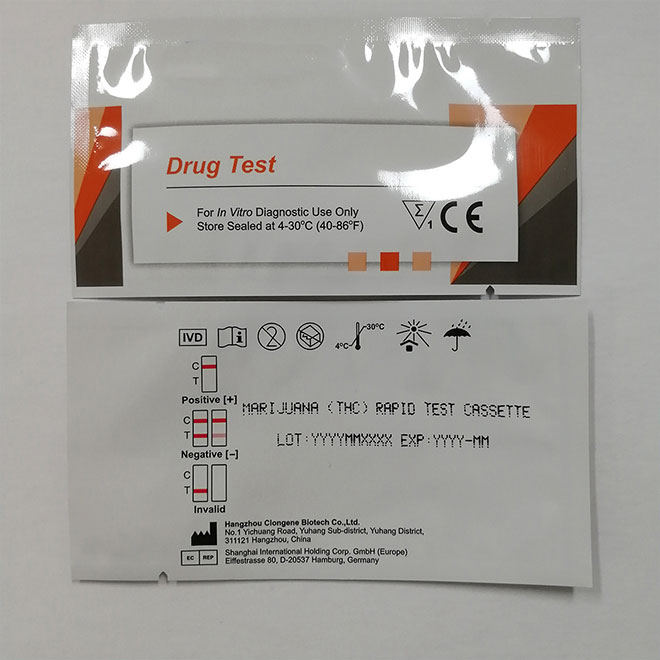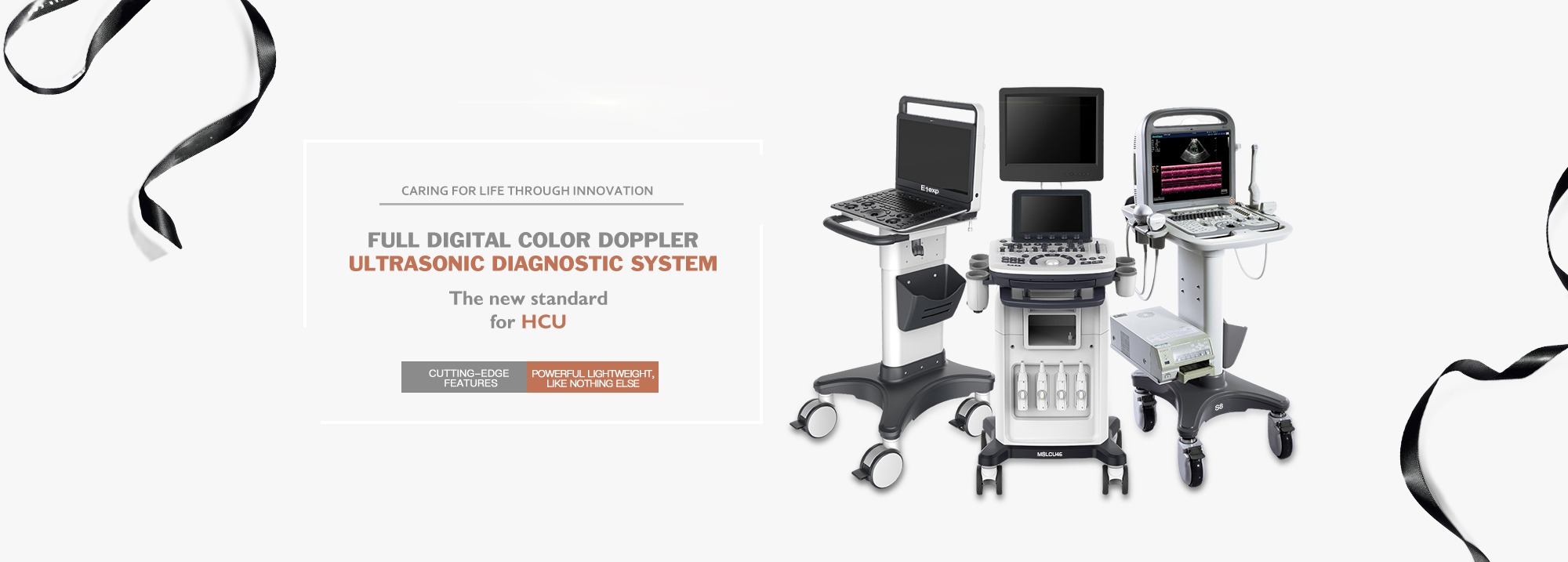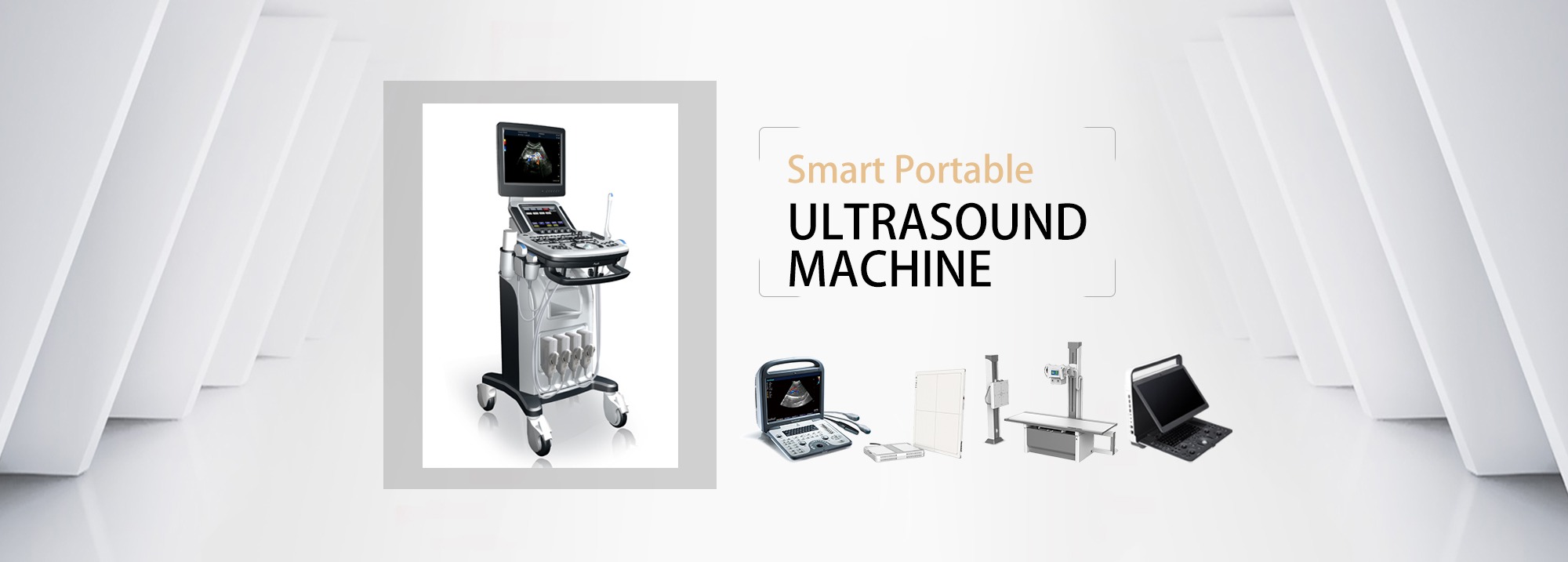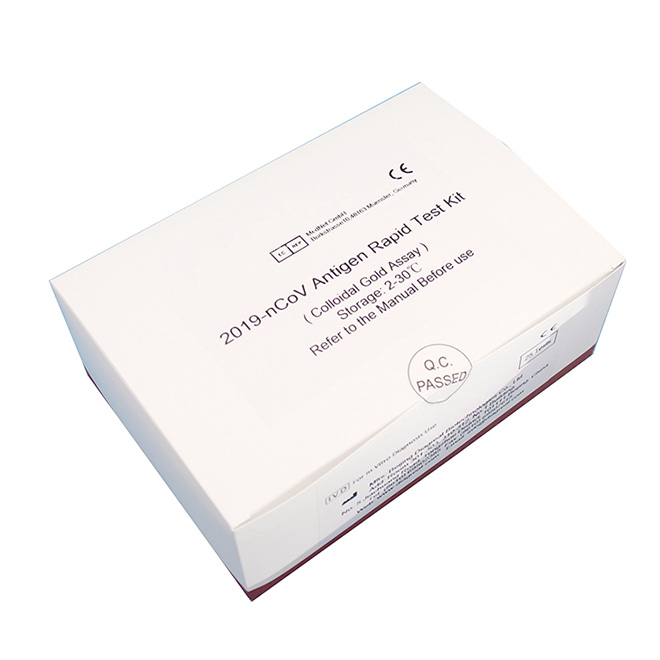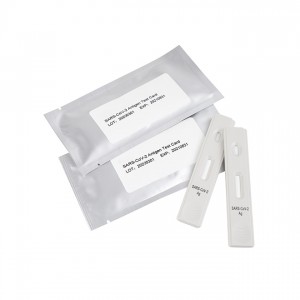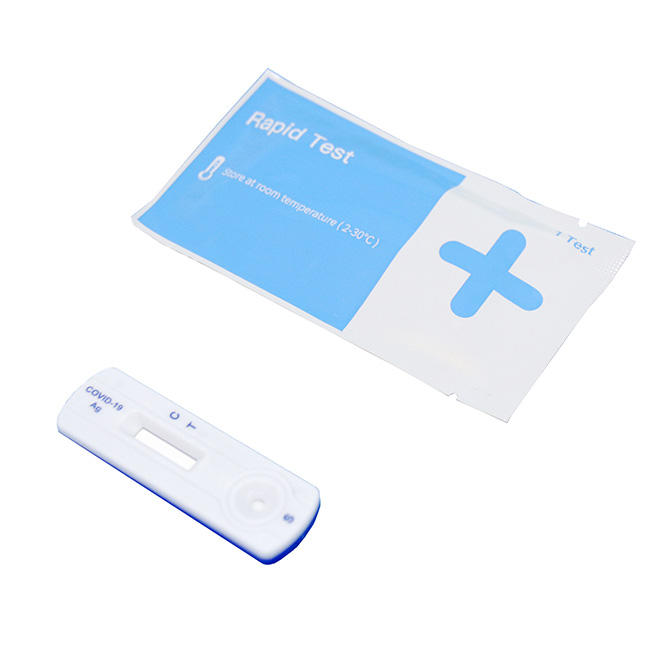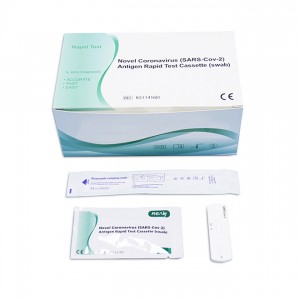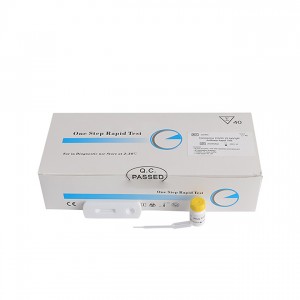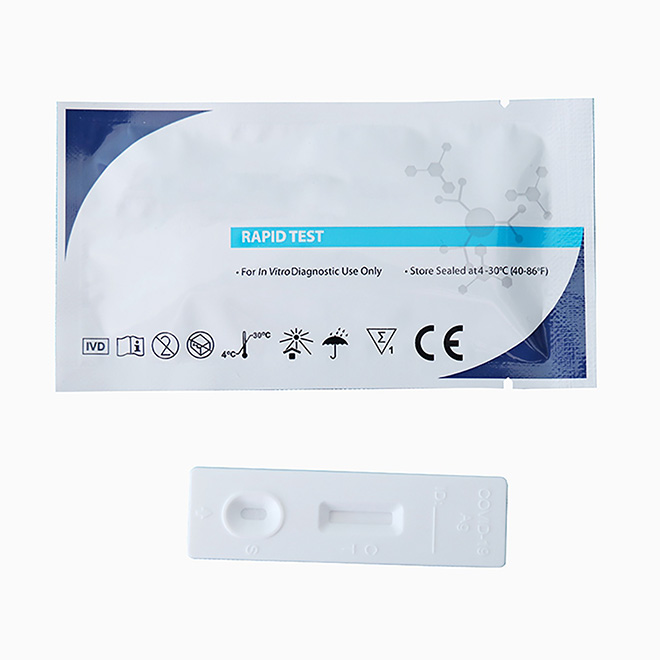Quick Details
Based on the principle of competitive binding
A lateral flow chromatographic immunoassay
50ng/mL cut-off concentrations
Packaging & Delivery
| Packaging detail:Standard export package Delivery detail:within 7-10 workdays after receipt of payment |
Specifications
Best THC Rapid Test Cassette AMRDT112
[INTENDED USE]
The Marijuana (THC) Urine Rapid Test Cassette AMRDT112 is a lateral flow chromatographic immunoassay for the qualitative detection of 11-nor-∆9-THC-9-COOH in urine at the cut-off concentrations of 50ng/mL.
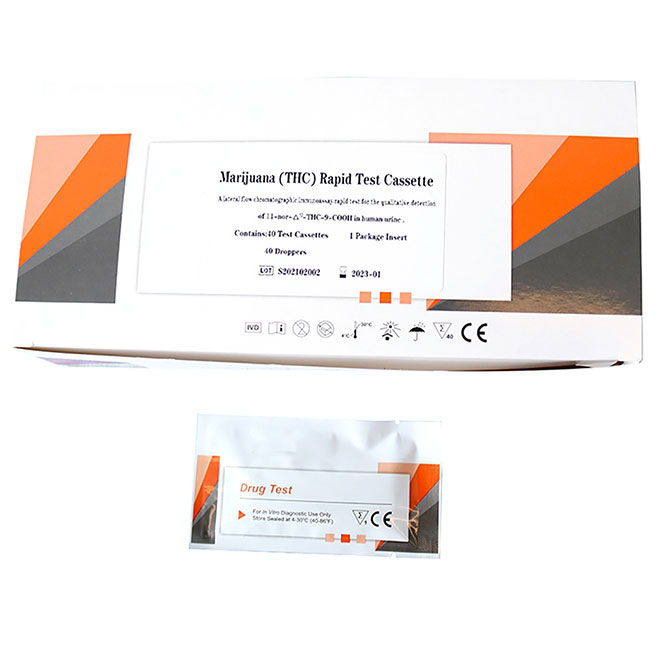
This assay provides only a preliminary analytical test result. A more specific alternate chemical method must be used in order to obtain a confirmed analytical result. Gas chromatography/mass spectrometry (GC/MS) is the preferred confirmatory method. Clinical consideration and professional judgment should be applied to any drug of abuse test result, particularly when preliminary positive results are used.
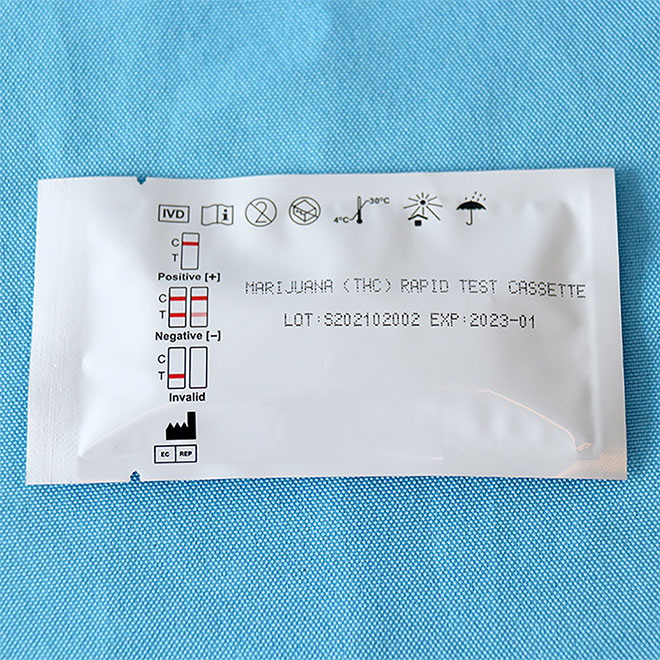
[SUMMARY]
THC is the primary active ingredient in cannabinoids (marijuana). When smoked or orally administered, it produces euphoric effects. Users have impaired short term memory and slowed learning. They may also experience transient episodes of confusion and anxiety.
Long term relatively heavy use may be associated with behavioral disorders. The peak effect of smoking marijuana occurs in 20-30 minutes and the duration is 90-120 minutes after one cigarette. Elevated levels of urinary metabolites are found within hours of exposure and remain detectable for 3-10 days after smoking.
The THC Urine Rapid Test AMRDT112 yields a positive result when the concentration of 11-nor-∆9-THC-9-COOH in urine exceeds 50ng/mL. This is the suggested screening cut-off for positive specimens set by the Substance Abuse and Mental Health Services Administration (SAMHSA, USA).
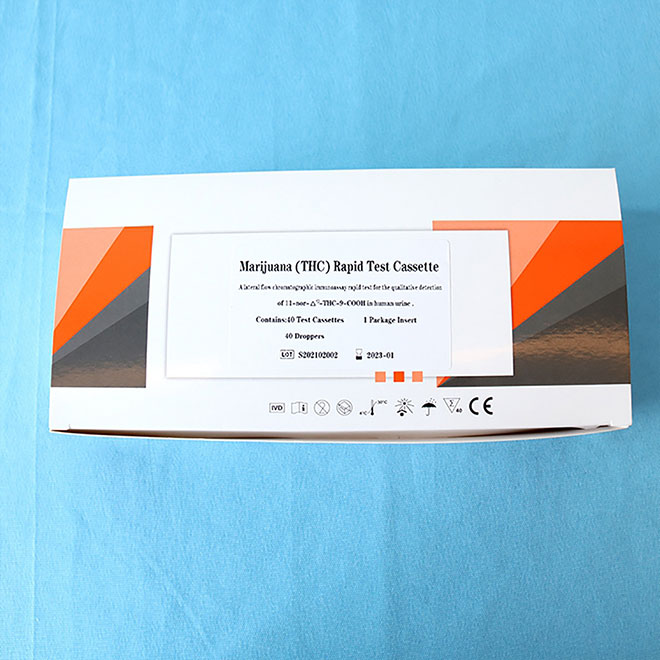
[PRINCIPLE]
The THC Urine Rapid Test AMRDT112 is an immunoassay based on the principle of competitive binding. Drugs which may be present in the urine specimen compete against their respective drug conjugate for binding sites on their specific antibody.
During testing, a urine specimen migrates upward by capillary action. A drug, if present in the urine specimen below its cut-off concentration, will not saturate the binding sites of its specific antibody. The antibody will then react with the drug-protein conjugate and a visible colored line will show up in the test line region of the specific drug cassette.
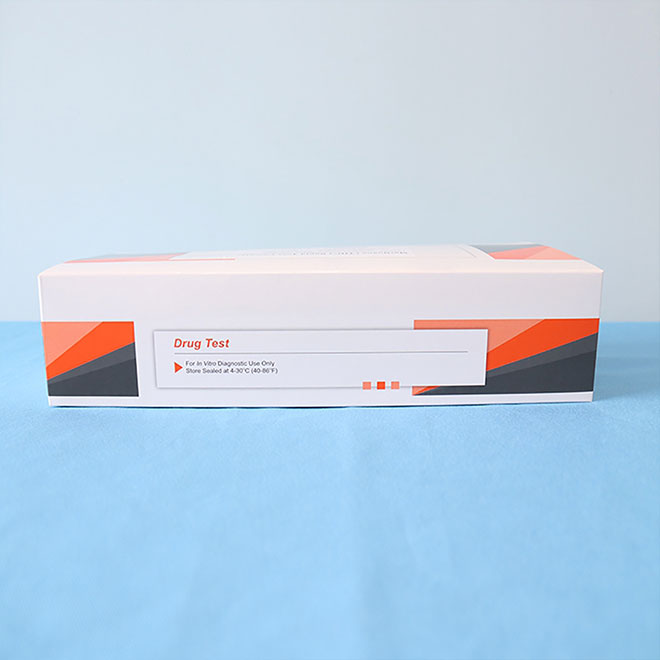
The presence of drug above the cut-off concentration will saturate all the binding sites of the antibody. Therefore, the colored line will not form in the test line region.
A drug-positive urine specimen will not generate a colored line in the specific test line region of the cassette because of drug competition, while a drug-negative urine specimen will generate a line in the test line region because of the absence of drug competition.
To serve as a procedural control, a colored line will always appear at the control line region, indicating that proper volume of specimen has been added and membrane wicking has occurred.
